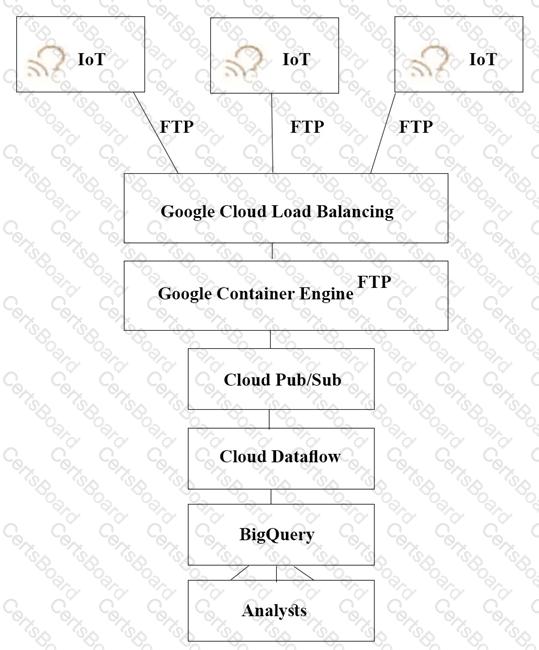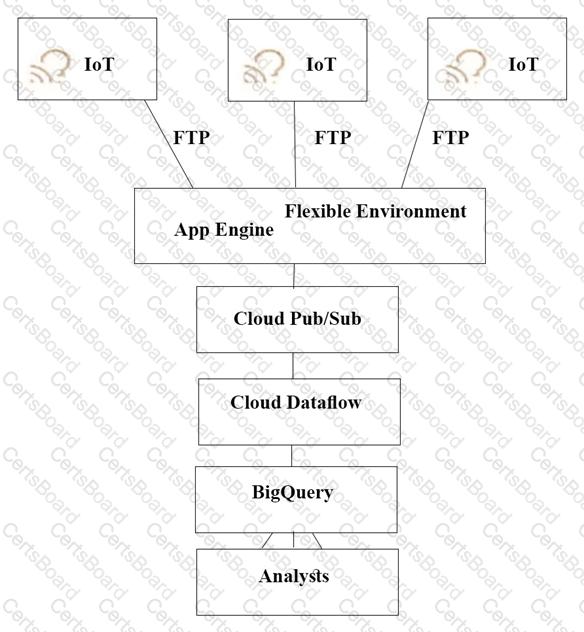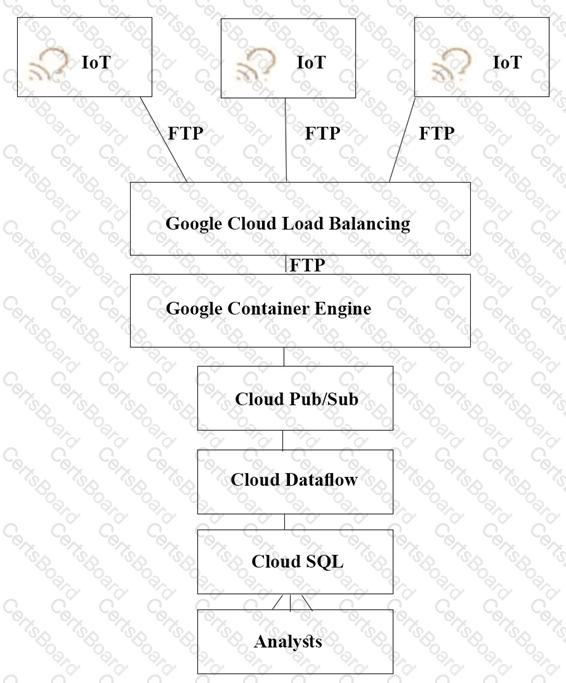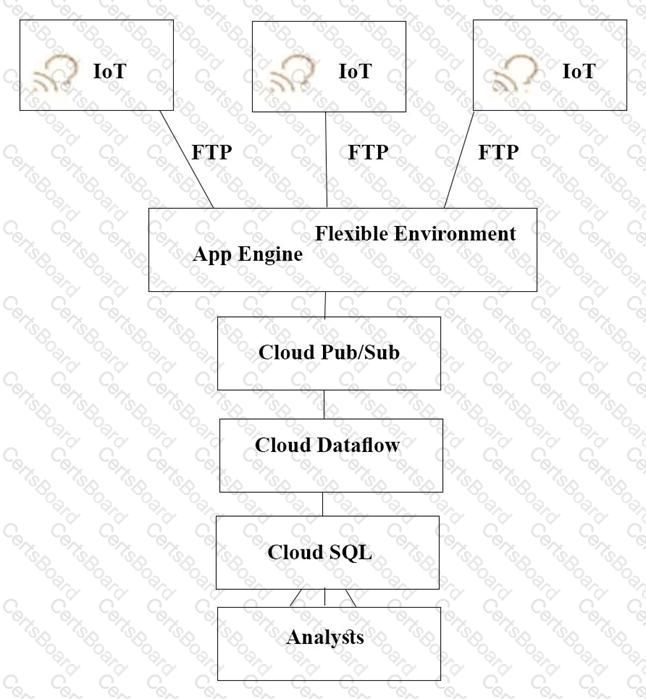For this question, refer to the Mountkirk Games case study.
Mountkirk Games wants to set up a continuous delivery pipeline. Their architecture includes many small services that they want to be able to update and roll back quickly. Mountkirk Games has the following requirements:
• Services are deployed redundantly across multiple regions in the US and Europe.
• Only frontend services are exposed on the public internet.
• They can provide a single frontend IP for their fleet of services.
• Deployment artifacts are immutable.
Which set of products should they use?
For this question, refer to the Mountkirk Games case study.
Mountkirk Games wants you to design their new testing strategy. How should the test coverage differ from their existing backends on the other platforms?
For this question, refer to the Mountkirk Games case study.
Mountkirk Games' gaming servers are not automatically scaling properly. Last month, they rolled out a new feature, which suddenly became very popular. A record number of users are trying to use the service, but many of them are getting 503 errors and very slow response times. What should they investigate first?
For this question, refer to the TerramEarth case study.
The TerramEarth development team wants to create an API to meet the company's business requirements. You want the development team to focus their development effort on business value versus creating a custom framework. Which method should they use?
For this question, refer to the TerramEarth case study.
TerramEarth's CTO wants to use the raw data from connected vehicles to help identify approximately when a vehicle in the development team to focus their failure. You want to allow analysts to centrally query the vehicle data. Which architecture should you recommend?
A)

B)

C)

D)

For this question, refer to the EHR Healthcare case study. You are a developer on the EHR customer portal team. Your team recently migrated the customer portal application to Google Cloud. The load has increased on the application servers, and now the application is logging many timeout errors. You recently incorporated Pub/Sub into the application architecture, and the application is not logging any Pub/Sub publishing errors. You want to improve publishing latency. What should you do?
For this question, refer to the EHR Healthcare case study. You are responsible for designing the Google Cloud network architecture for Google Kubernetes Engine. You want to follow Google best practices. Considering the EHR Healthcare business and technical requirements, what should you do to reduce the attack surface?
For this question, refer to the EHR Healthcare case study. You are responsible for ensuring that EHR's use of Google Cloud will pass an upcoming privacy compliance audit. What should you do? (Choose two.)
For this question, refer to the EHR Healthcare case study. You need to define the technical architecture for hybrid connectivity between EHR's on-premises systems and Google Cloud. You want to follow Google's recommended practices for production-level applications. Considering the EHR Healthcare business and technical requirements, what should you do?
For this question, refer to the EHR Healthcare case study. In the past, configuration errors put public IP addresses on backend servers that should not have been accessible from the Internet. You need to ensure that no one can put external IP addresses on backend Compute Engine instances and that external IP addresses can only be configured on frontend Compute Engine instances. What should you do?


